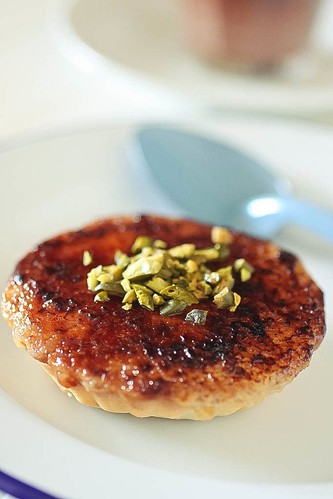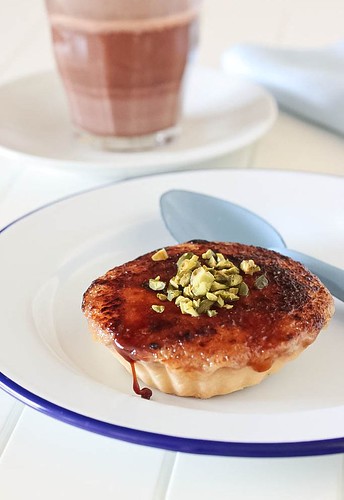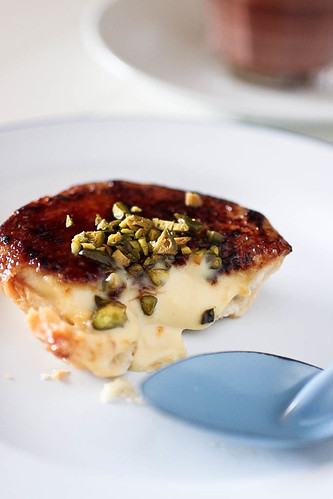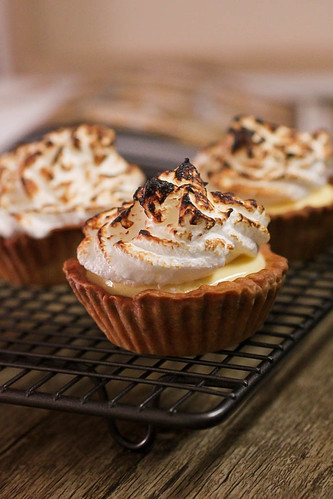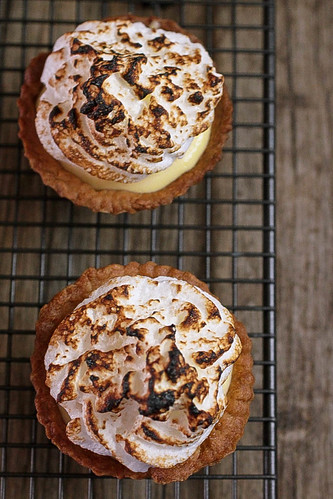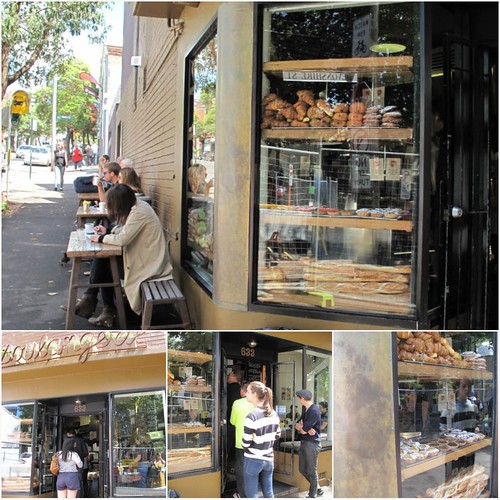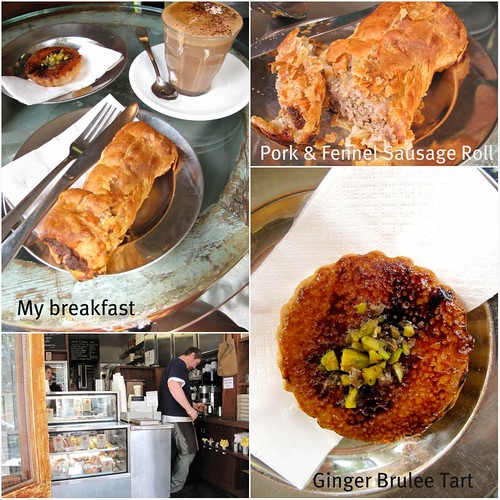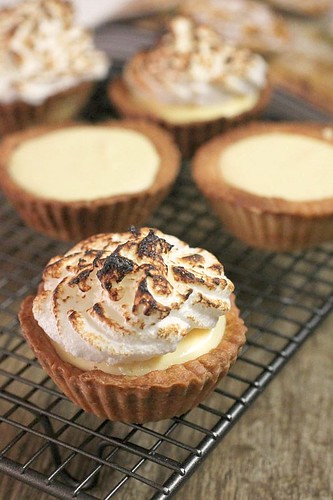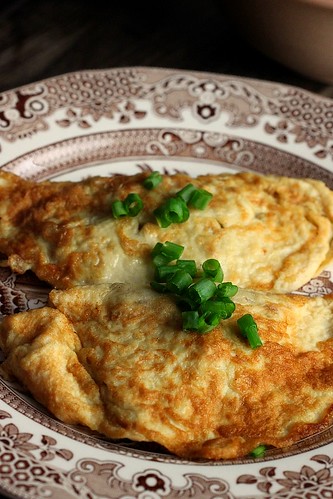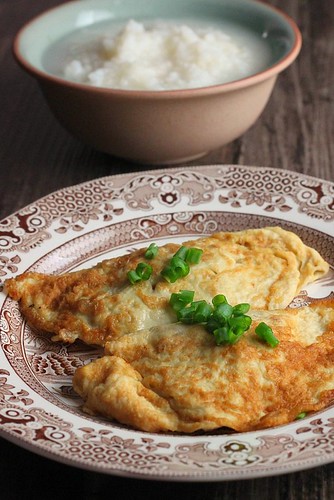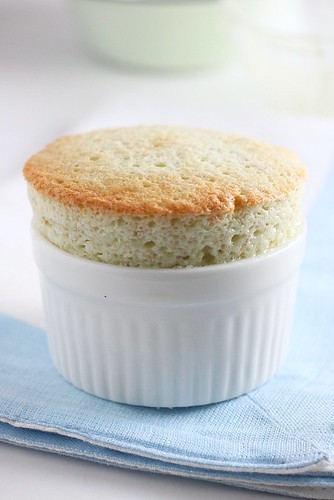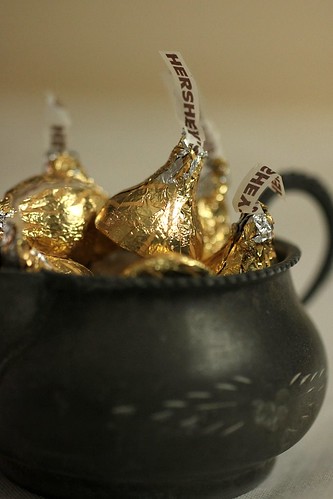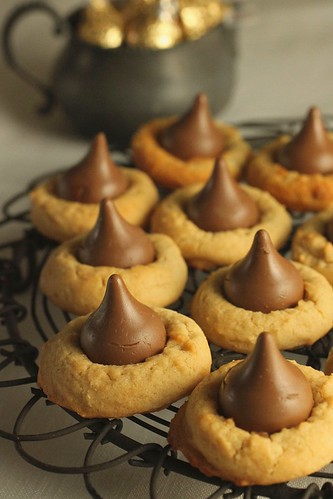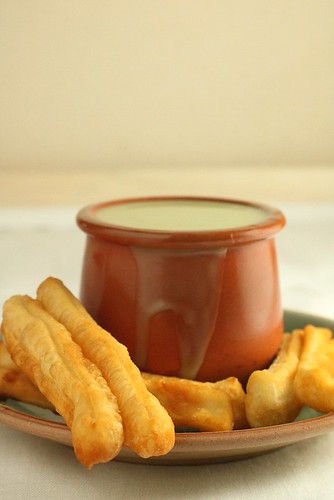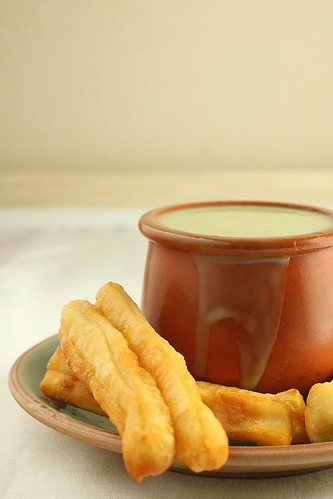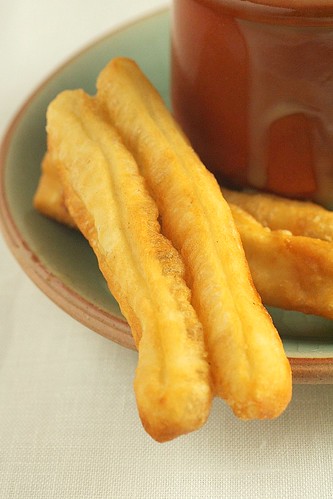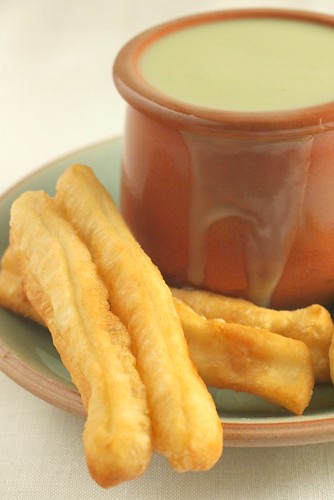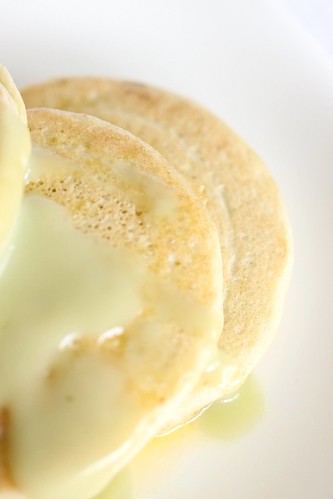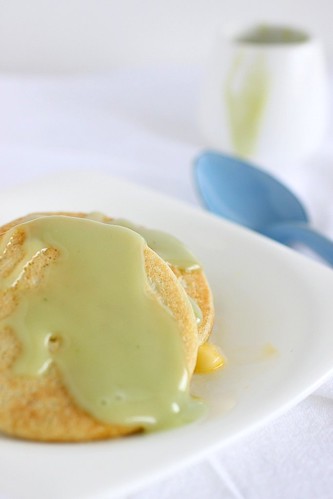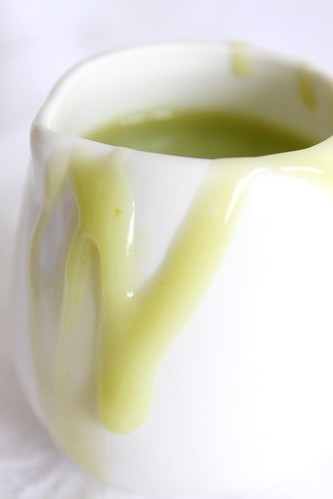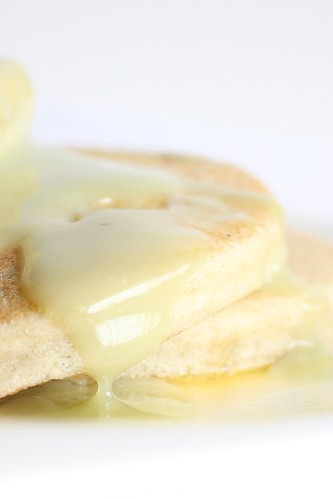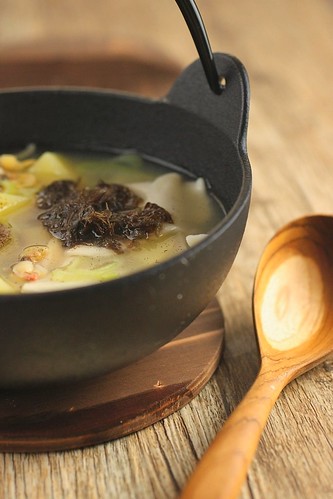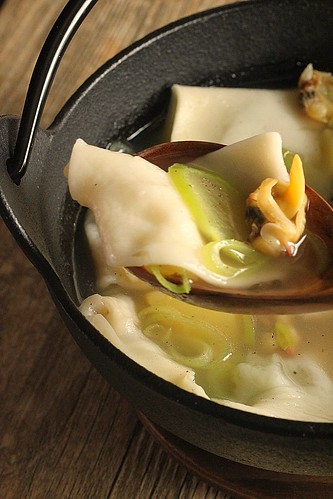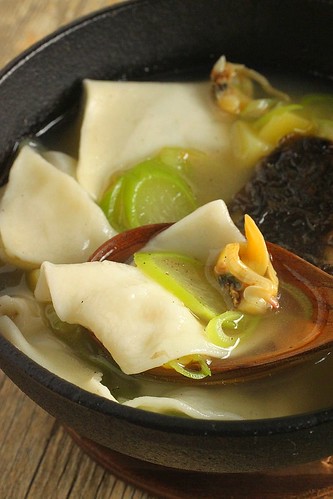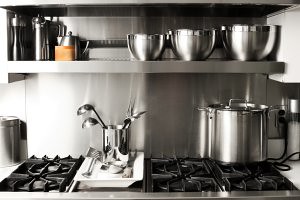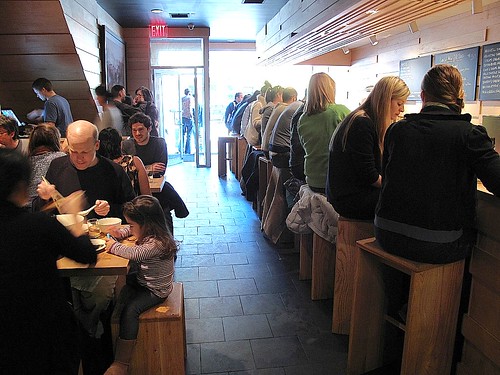
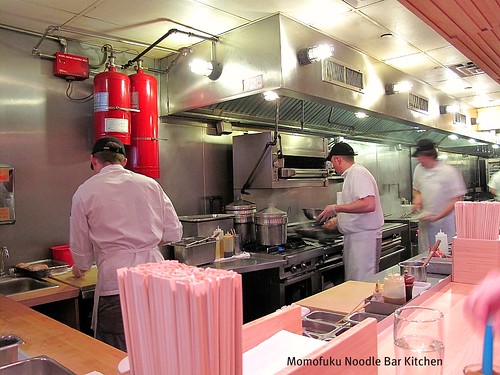

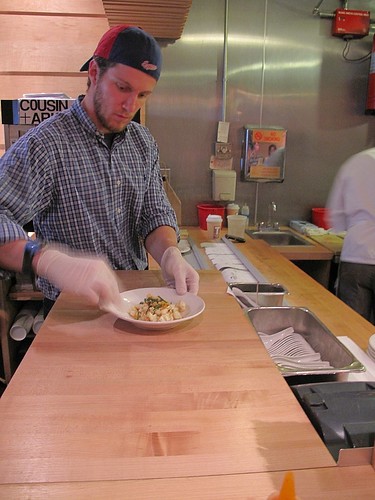
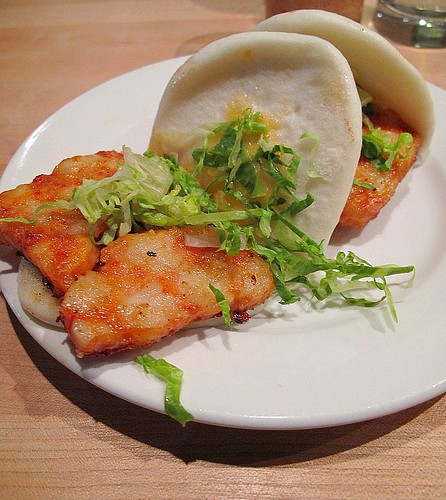
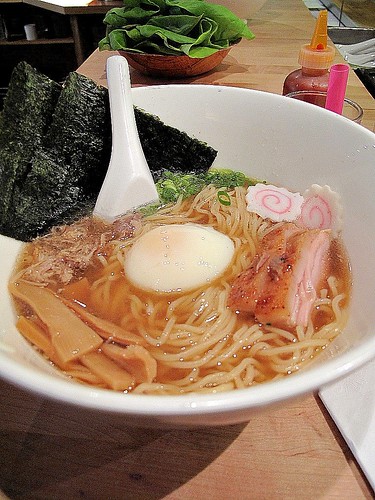
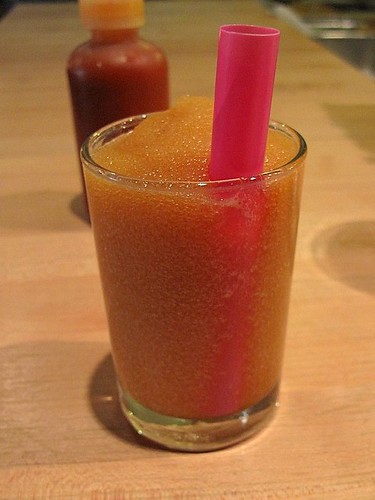
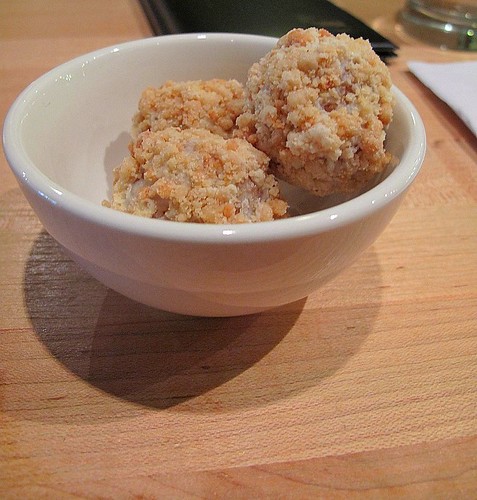
Wide awake at 3am in the morning in New York, I invite you to relive my first visit to the famous Momofuku Noodles Bar... Sit with me at the bar counter for a view of the kitchen and the way the chefs and cooks work behind the counter...
I have to admit my first exposure to Momofuku was through David Chang's cookbook. Despite seeing various creations from his cookbook in the Food Blogosphere, I was hesitant to get the cookbook. As I browsed the book a couple of times at the bookshop, I had the impression that the recipes were... difficult. However, eventually I did succumb to it 3 weeks ago when I decided to order it from Book Depository. It is all just good timing that I should be in New York for more than 2 weeks and when I touched down over the Thanksgiving weekend, I had really wanted to make this my first meal in New York.
The Momofuku Noodle Bar, is American Korean Chef, David Chang's first restaurant in New York. This was where the Ramen fad started in New York and was also the place that made the pork belly buns so famous. Fronted by a simple facade, the restuarant does not look at all eye-catching from the outside. The interior was simple but stylish with a layout that induces a quick meal - definitely not meant to be a cosy place to linger.
I had the good fortune to sit at the kitchen counter, which gave me a good view of the bustle in the kitchen. The casually dressed waiting staff (baseball cap, T-shirt & jeans) constrasted oddly with the chefs and cooks who were all dressed in their smart white chef coats. As I watched the chef work deftly behind the counter at plating the dishes with a sprinkling of lotus seed shavings and a quinelle of siphoned cream.... I started to wonder if I am in for hype or substance.
Standing next to me at the counter, a guy wearing a base ball cap, wielded his authority over the orders as he meticulously inspected and wiped away any unsightly smudges on each plate before they were sent out to the diners. I cringed inwardly when I saw him reject 3 orders of Shitake mushroom buns from the cook... the first one for not having enough gravy, the second when 2 pieces of mushrooms had accidentally landed on the top of the buns, instead of in between the buns and the third when the amount of mushroom filling was unequal for the two buns on the plate. All three plates were chucked into the dumpster.
I ordered the Yuzu Palmer which was a Yuzu flavoured slushie spiked with Shoju (Japanese rice wine). It was refreshing and I knew that anything with Yuzu would have pleased me. For starters, I deliberated whether I should order the famous pork belly buns (our kong ba bao). I have never been a great fan of fatty pork belly and I couldn't help but notice that their pork belly strip was very light in colour compared to the heavily braised versions we have back home. In the end, I chose to have the shrimp buns which was absolutely delicious. The individual shrimps were pressed together to form a crunchy patty. Served with a tangy sauce on the white buns, it was my favourite dish of the meal. I wonder if the recipe is in the cookbook- I would love to replicate this at the first possible chance available.
The Momofuku Ramen was served with 2 strips of pork belly, shredded pork and a poached egg. The egg was poached perfectly but I think it lacked the bite of the typical Ramen Onsen egg (hard boiled egg white with runny egg yolk). Once poked, the whole poached egg would integrate into the soup base. The shredded pork was salty and flavourful, a great compliment to the noodles. The pork belly, strips was indeed well prepared. The layers of fat and pork was clearly visible and the whole combination of fat and lean was delicately balanced. However, I have to admit that this is not a Ramen that would get me excited. It was not robust enough to share a place with the flavourful pork broth ramen neither is it good enough to win a seat with some of the most delicate shio ramen I have tasted in Japan. At best, I would classify it as a tasty watered down Americanised Ramen.
I chose to finish off the meal with the apple crumble truffles which is essentially an apple crumble cake served in the form of a round ball. It is moist and delicious but somewhat of an odd item for the primarily asian fusion spread.
Judging from the waiting crowd, Momofuku undoubtedly has its following but I have mixed feelings about my first experience there. The scene in the kitchen excited me but it also made me wonder if they have gotten a tad too pretentious - espcially when I noted with dismay that the bowl in which they served my ramen had a chipped rim. This jarred with the way they chucked out three portions of shitake mushroom buns. The items on the menu are definitely not wallet friendly. I paid almost US$50 for this supposedly humble lunch. So, is Momofuku for real or is it a Ramen joint that is trying to behave like a 3 star restuarant? I am tempted to go back again to find out.


